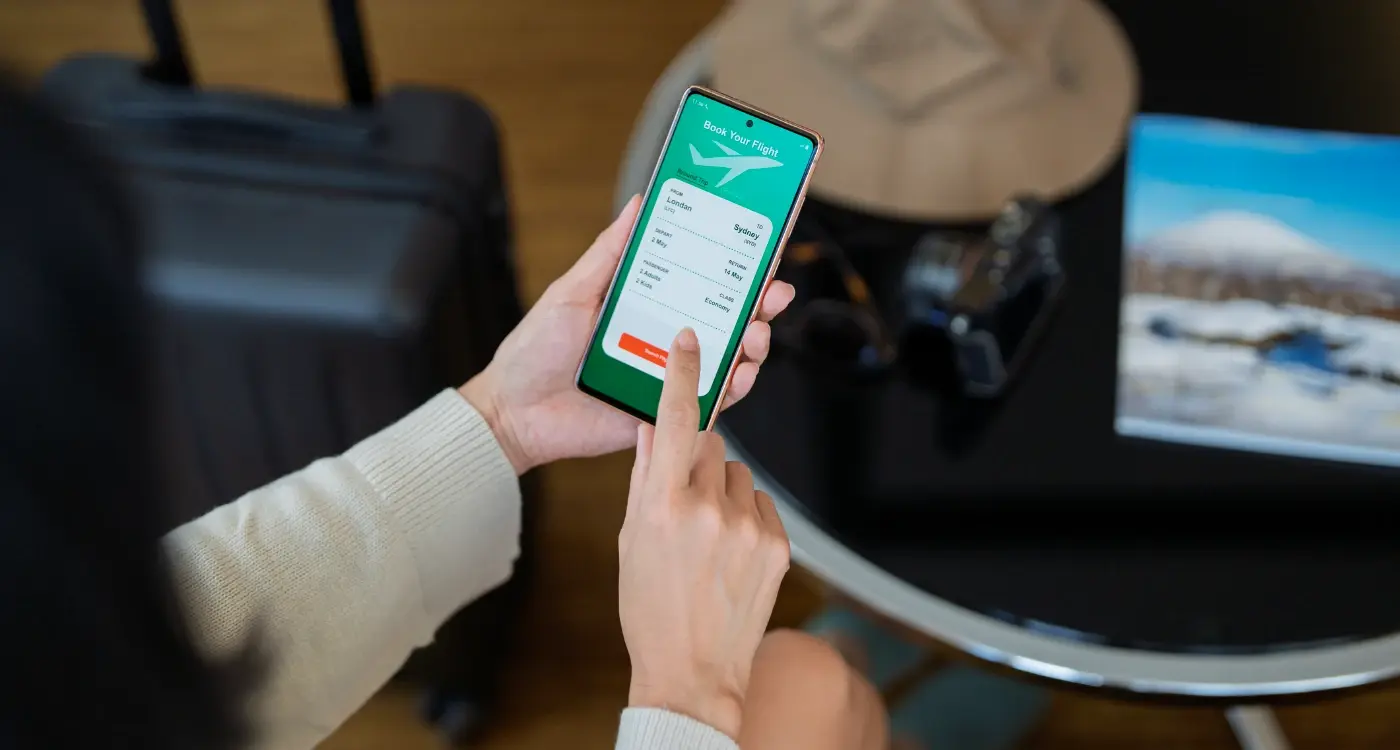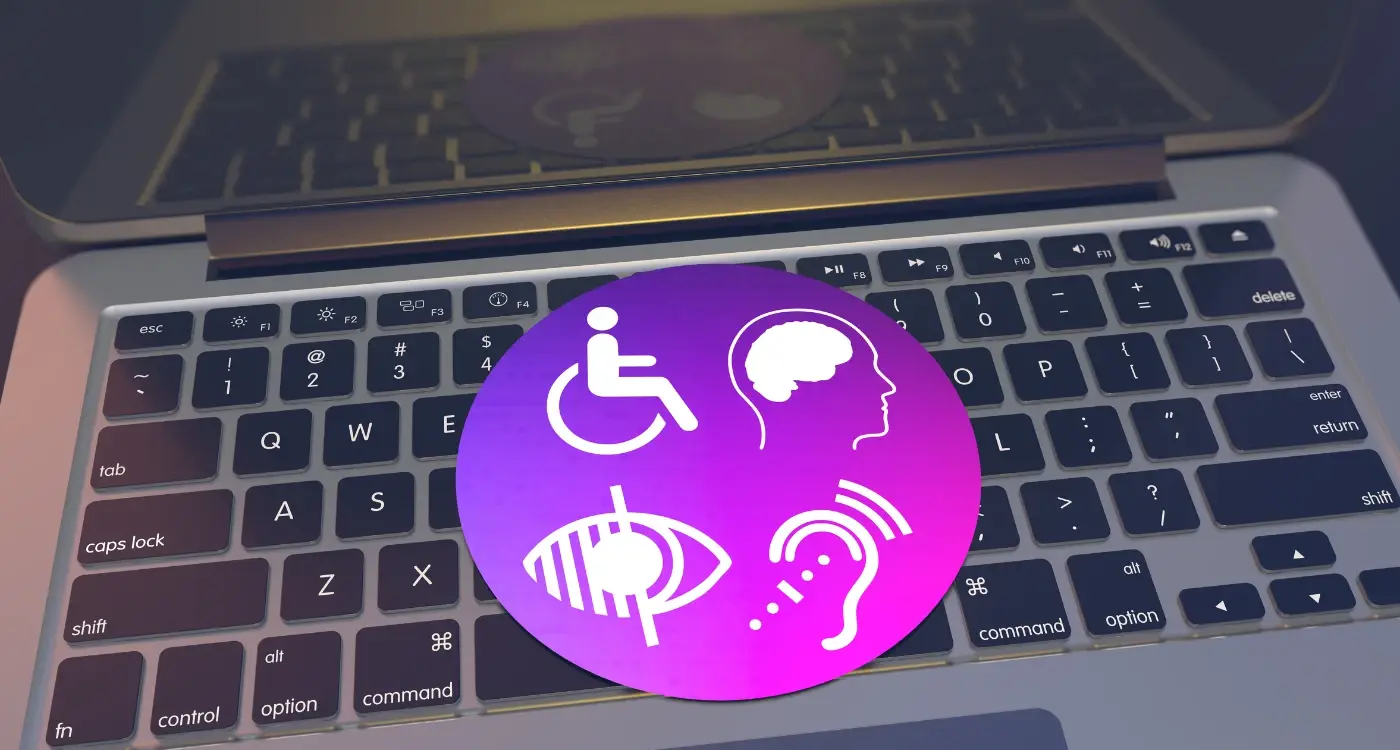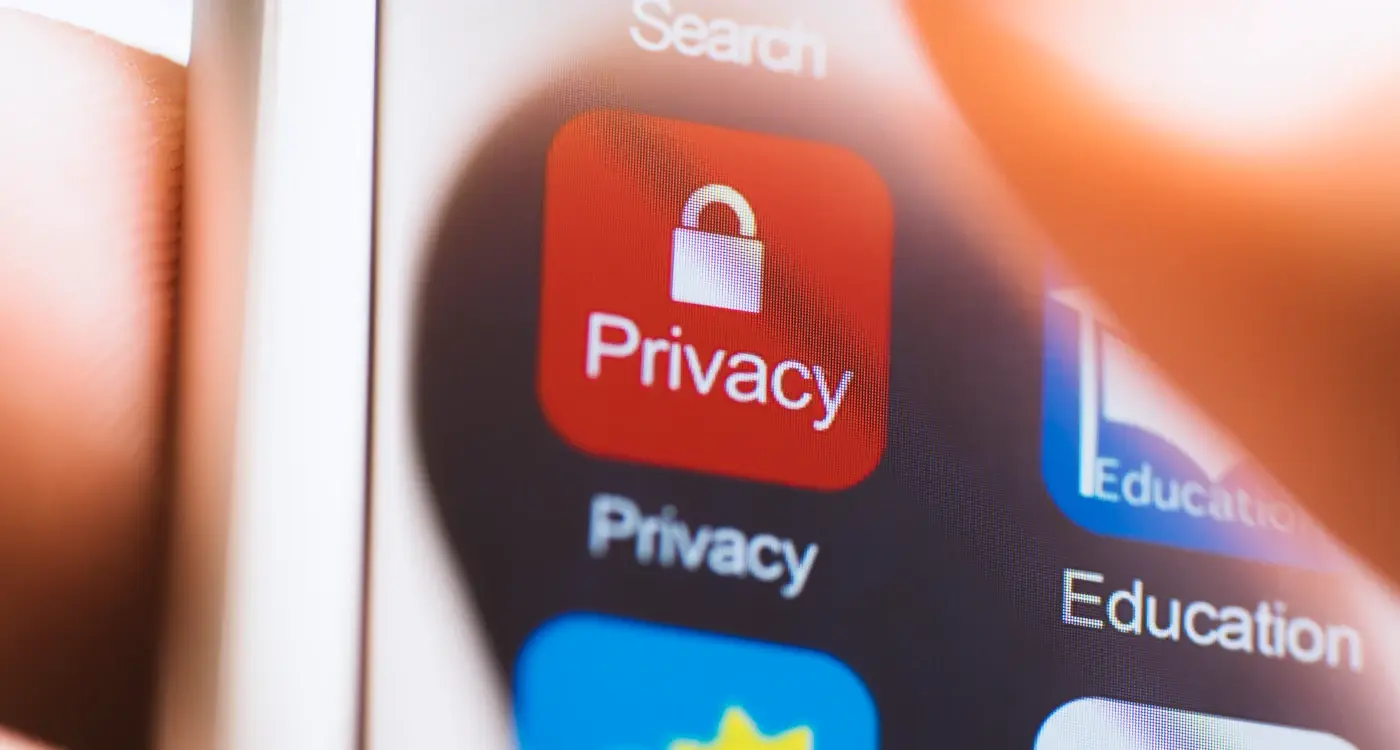What Are The Legal Requirements For Mobile Apps?
Every single day, millions of people download mobile apps without giving a second thought to the complex web of legal requirements that make those apps safe and compliant. Yet behind every successful app—from the simplest calculator to the most sophisticated social platform—lies a foundation of legal obligations that developers must meet. Miss one, and you could face hefty fines, lawsuits, or even have your app removed from app stores entirely.
The world of app legal requirements isn't just about ticking boxes; it's about protecting both you as a developer and the users who trust your app with their data, time, and often their money. We're talking about app privacy policies that explain how user information gets handled, terms of service that set clear boundaries, and compliance standards that vary dramatically depending on where your users live and what your app actually does.
The biggest mistake app developers make is treating legal compliance as an afterthought rather than a core part of their development process
Mobile app compliance covers everything from data protection laws like GDPR to accessibility standards and age restrictions. Getting it wrong isn't just expensive—it can destroy your app's reputation before it even has a chance to succeed. That's why understanding these requirements from day one is so important for any serious app project.
Understanding App Legal Basics
Right, let's get straight to the point—building a mobile app isn't just about coding and pretty designs. There's a whole legal side that catches many developers off guard, and I've seen plenty of brilliant apps get into hot water because someone skipped the boring legal stuff.
Think of mobile app law as a safety net. You might never need it, but when you do, you'll be grateful it's there. The legal requirements aren't there to make your life difficult; they're there to protect both you and your users. And trust me, users are becoming more aware of their rights every day.
What Makes Mobile Apps Different Legally
Mobile apps operate in a unique legal space because they collect data, cross international borders, and often target specific age groups. Unlike websites that people visit occasionally, apps live on someone's personal device—that creates different responsibilities.
- Data collection happens automatically in most apps
- Apps can access device features like cameras and location
- Downloads happen through app stores with their own rules
- Users often stay logged in permanently
- Push notifications reach users directly
The Cost of Getting It Wrong
I've watched apps disappear from app stores overnight because they missed basic legal requirements. Apple and Google don't mess about—if your app breaks their rules or violates regulations, they'll remove it faster than you can say "terms and conditions". The financial penalties can be enormous too, especially with data protection laws becoming stricter worldwide.
Privacy Policies and Data Protection
I've worked on apps that collect everything from user locations to shopping habits, and I can tell you that getting your privacy policy right isn't just about ticking legal boxes—it's about building trust with your users through transparent data practices. A proper app privacy policy tells people exactly what data you're collecting, why you need it, and what you plan to do with it.
Most countries now have strict rules about data protection. The GDPR in Europe, CCPA in California, and similar laws elsewhere all require you to be transparent about data collection. You can't just hide a vague statement in your terms and hope nobody notices!
What Your Privacy Policy Must Include
- Types of data you collect (location, contacts, photos, etc.)
- Why you need each type of data
- How long you keep the data
- Who you share it with (if anyone)
- How users can delete their data
- Your contact details for privacy questions
Write your privacy policy in plain English that real people can understand. Legal jargon might protect you legally, but it won't protect your reputation when users feel tricked.
Children's Data Needs Special Care
If your app might be used by children under 13, you'll need parental consent before collecting any personal information. This applies even if your app isn't specifically designed for kids—think about whether children might naturally use it.
Terms of Service and User Agreements
Terms of Service—or ToS as we call them in the trade—are basically the rules people agree to follow when they use your app. Think of them as the agreement between you and your users about what's allowed and what isn't. I've seen too many app developers skip this step, thinking it's just legal jargon that nobody reads anyway. But here's the thing: they're actually protecting both you and your users.
What Goes Into Your Terms of Service
Your ToS should cover the basics like how people can use your app, what they can't do with it, and what happens if something goes wrong. You'll want to include things like account registration rules, payment terms if you're charging for anything, and what happens if users break the rules. Don't forget about intellectual property rights—you need to make it clear who owns what content in your app.
Making Them Legal and Enforceable
The tricky bit is making sure your terms are actually legally binding. Users need to actively agree to them—not just have them buried somewhere in your app where nobody will find them. Most apps do this during the sign-up process with a simple checkbox that says "I agree to the Terms of Service." Just make sure the terms are easy to find and written in plain English that real people can understand. If you need detailed guidance on this process, our comprehensive guide on how to create a mobile app terms of service walks you through every step.
Intellectual Property and Copyright
When you're developing a mobile app, protecting what's yours—and not stealing what belongs to others—becomes a serious business concern. I've worked with clients who've had their brilliant app concepts copied within months of launch, and others who've faced legal action for using content they thought was free to use.
Protecting Your Own Work
Your app's code, design elements, unique features, and even your app name can all be protected under intellectual property law. Copyright automatically protects your original work the moment you create it, but trademarks for your app name and logo require registration. Think of it this way: if someone could copy your app exactly and sell it as their own, you need stronger protection in place.
The most expensive legal battle is the one you could have avoided with proper planning from day one
Respecting Others' Rights
On the flip side, you must be careful not to infringe on existing intellectual property. This means checking that your app name isn't already trademarked, ensuring any images or music you use are properly licensed, and making sure your app doesn't copy patented features from competitors. App stores will remove apps that violate intellectual property rights—sometimes without warning.
The golden rule here is simple: when in doubt, get permission or find an alternative. Legal disputes can cost thousands and delay your app launch significantly.
Age Restrictions and Child Protection
I'll be honest with you—age restrictions and child protection laws are some of the trickiest legal requirements you'll face as an app developer. Different countries have different rules, and getting it wrong can mean hefty fines or your app being removed from stores entirely. The big one everyone talks about is COPPA in the United States, which protects children under 13, but there's also GDPR-K in Europe and similar laws popping up worldwide.
The main thing to understand is that if your app collects any personal information from children, you need special permission from their parents first. This includes things like names, email addresses, photos, location data—basically anything that could identify a child. Even something as simple as allowing kids to chat with other users can trigger these requirements. Remember, not all data is created equal, and understanding which data requires extra protection is crucial for compliance.
Key Protection Requirements
- Get verifiable parental consent before collecting data from children
- Clearly explain what information you collect and why
- Give parents the right to review and delete their child's data
- Don't show targeted advertising to children
- Use age-appropriate privacy notices that kids can actually understand
Here's what I've learned from experience: if there's even a chance children might use your app, build these protections in from day one. Retrofitting child protection measures later is expensive and complicated—trust me on this one!
Accessibility and Compliance Standards
Making your mobile app accessible isn't just the right thing to do—it's the law in many places. In the UK, the Equality Act 2010 requires digital services to be accessible to people with disabilities. The Americans with Disabilities Act (ADA) in the US has similar requirements. Ignore these app legal requirements and you could face legal action.
When we talk about mobile app compliance for accessibility, we're mainly looking at the Web Content Accessibility Guidelines (WCAG). These guidelines help make apps usable for people with visual, hearing, motor, or cognitive disabilities. The good news? Following WCAG actually makes your app better for everyone, not just people with disabilities. It's one of the key factors that separate stellar apps from mediocre ones.
Key Accessibility Features Your App Needs
- Screen reader compatibility for users with visual impairments
- Sufficient colour contrast ratios (at least 4.5:1 for normal text)
- Text that can be resized up to 200% without losing functionality
- Alternative text for images and icons
- Keyboard navigation support
- Captions or transcripts for audio content
Testing your app with real users who have disabilities is the best way to identify issues. Both Apple and Google provide accessibility testing tools in their development platforms. Start thinking about accessibility from day one of development—retrofitting accessibility features later is much more expensive than building them in from the start.
Use automated accessibility testing tools during development, but don't rely on them completely. Real user testing with people who have disabilities will catch issues that automated tools miss.
Conclusion
Right then, we've covered quite a bit of ground here—from privacy policies to accessibility standards, and everything in between. The legal side of mobile apps might seem overwhelming at first, but it really comes down to one simple principle: respect your users and follow the rules where you're operating.
I've seen too many brilliant app ideas crash and burn because the developers thought they could skip the legal stuff. Don't be that person! Getting your legal requirements sorted early saves you money, stress, and potential lawsuits down the line. Understanding what makes stellar apps stand out includes proper legal compliance from the start.
The key things to remember are pretty straightforward. You need a privacy policy if you're collecting any data (which you probably are). Your terms of service should be clear and fair. If kids might use your app, you need extra protections in place. Make sure your app works for people with disabilities—it's not just good practice, it's often required by law.
Laws change, new regulations appear, and what's acceptable today might not be tomorrow. That's why I always recommend getting proper legal advice for your specific situation. A good lawyer who understands tech will save you headaches later. Your app deserves to succeed, so give it the best legal foundation you can.
Share this
Subscribe To Our Learning Centre
You May Also Like
These Related Guides

What Legal Issues Should I Consider When Building a Travel Booking App?

What Are the Legal Requirements for App Accessibility in the UK?



